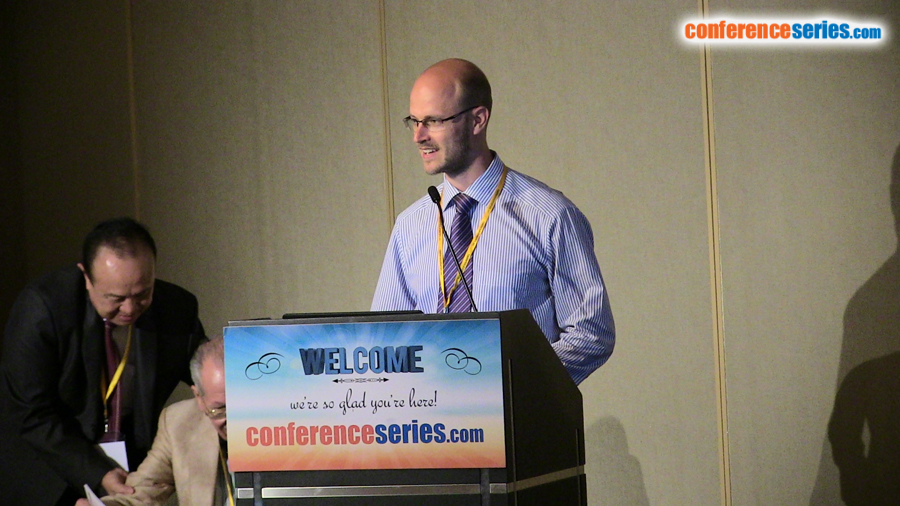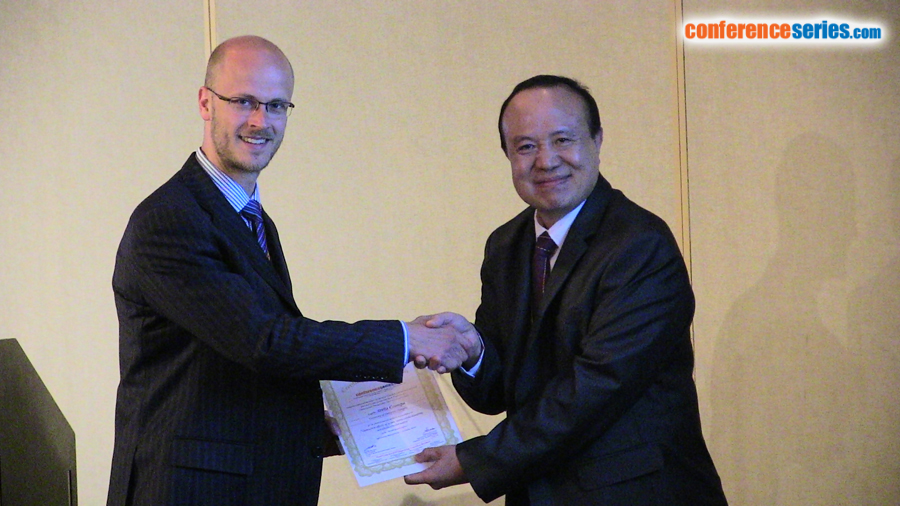
Attila Czompa
University of Debrecen, Hungary
Title: Vasoactive effects of a new nitric oxide donating acetylsalicylic derivative
Biography
Biography: Attila Czompa
Abstract
Aims: According to the latest WHO mortality rates, ischemic heart diseases within the cardiovascular diseases are the main cause of death among non-communicable diseases. In the following investigation, we have aimed to test the properties of a nitric oxide (NO) donating acetylsalicylic (ASA) derivative, which is newly synthesized, stable, and water soluble compound at the University of Debrecen, Hungary. Based on our hypothesis this molecule could combine the positive effects of the anticoagulant ASA and the vasodilator effect of NO, therefore, it could be a more powerful medication against ischemic heart diseases.
Materials & Methods: In the first part of our experiments, we have aimed to test in vitro the possible cytotoxic effect of our ASA derivative on the MTT cell viability. H9c2 rat embryonic cardio myoblast cells were cultured in 10-4–10-7 M containing medium. Next, we have measured the vasoactive effects on female Sprague Dawley rats ex vivo according to the Langendorff method in the presence or absence of the NO donating molecule.
Results: Our newly synthesized NO donating ASA derivative did not affect the cell viability at the tested concentrations. Furthermore, we have noticed a dose-dependent vasodilatation was caused by our NO liberating compound.
Discussion: Based on the beneficial observations through our experimental arrangement, the new molecule synthesized at our University is a powerful vasodilator with no significant toxic effects. It may contribute to new therapeutic approaches against ischemic heart diseases and possibly related syndromes, but the molecular mechanisms need to be clarified.
Speaker Presentations
Speaker PPTs Click Here



